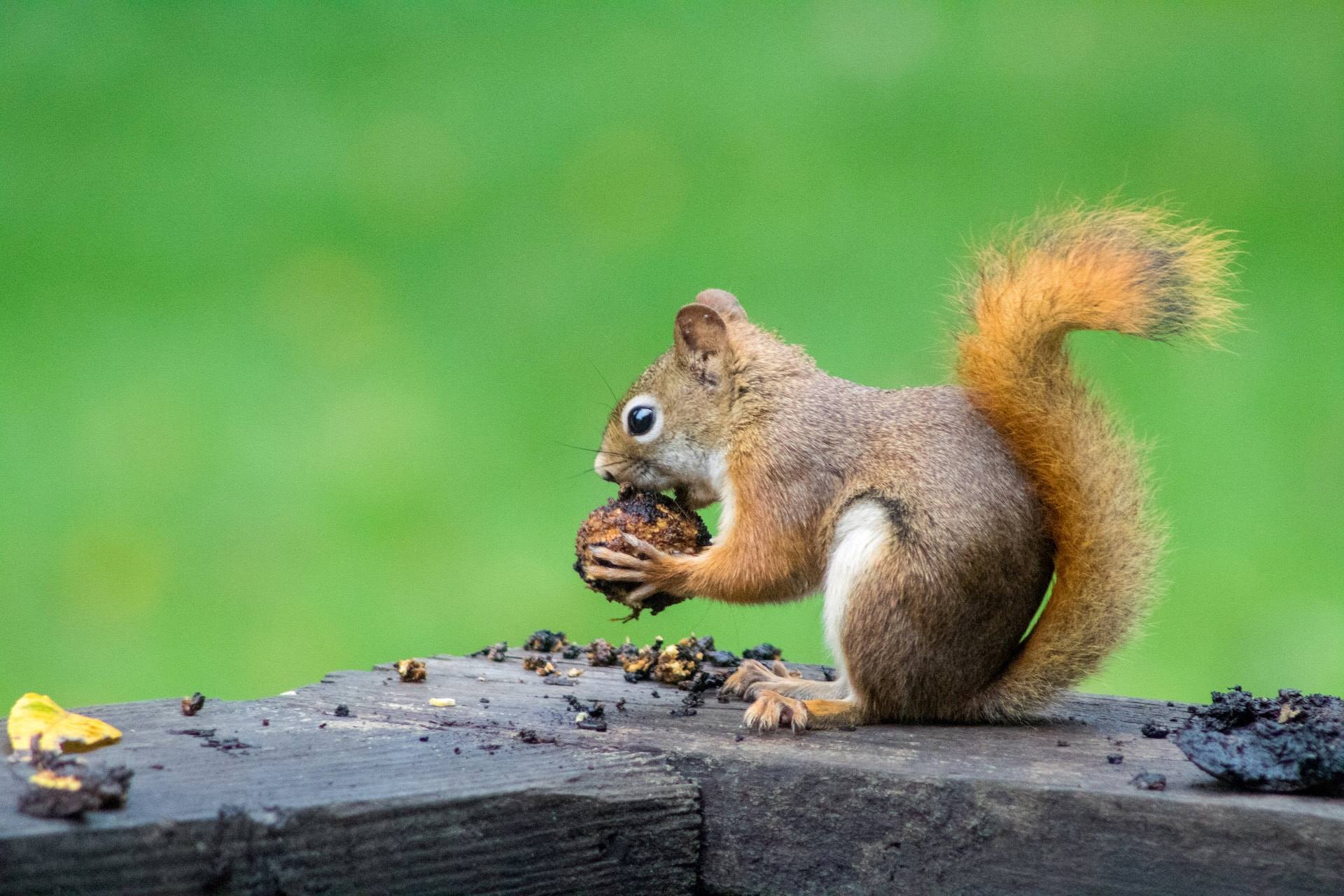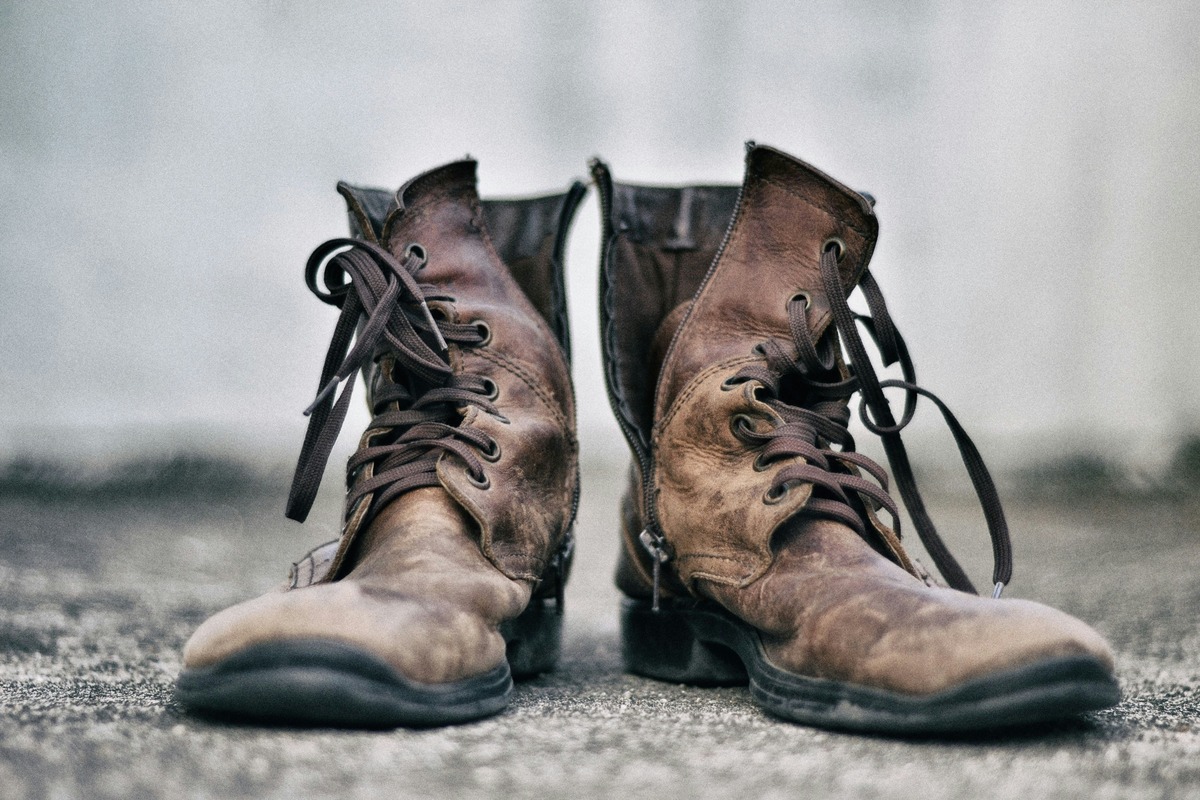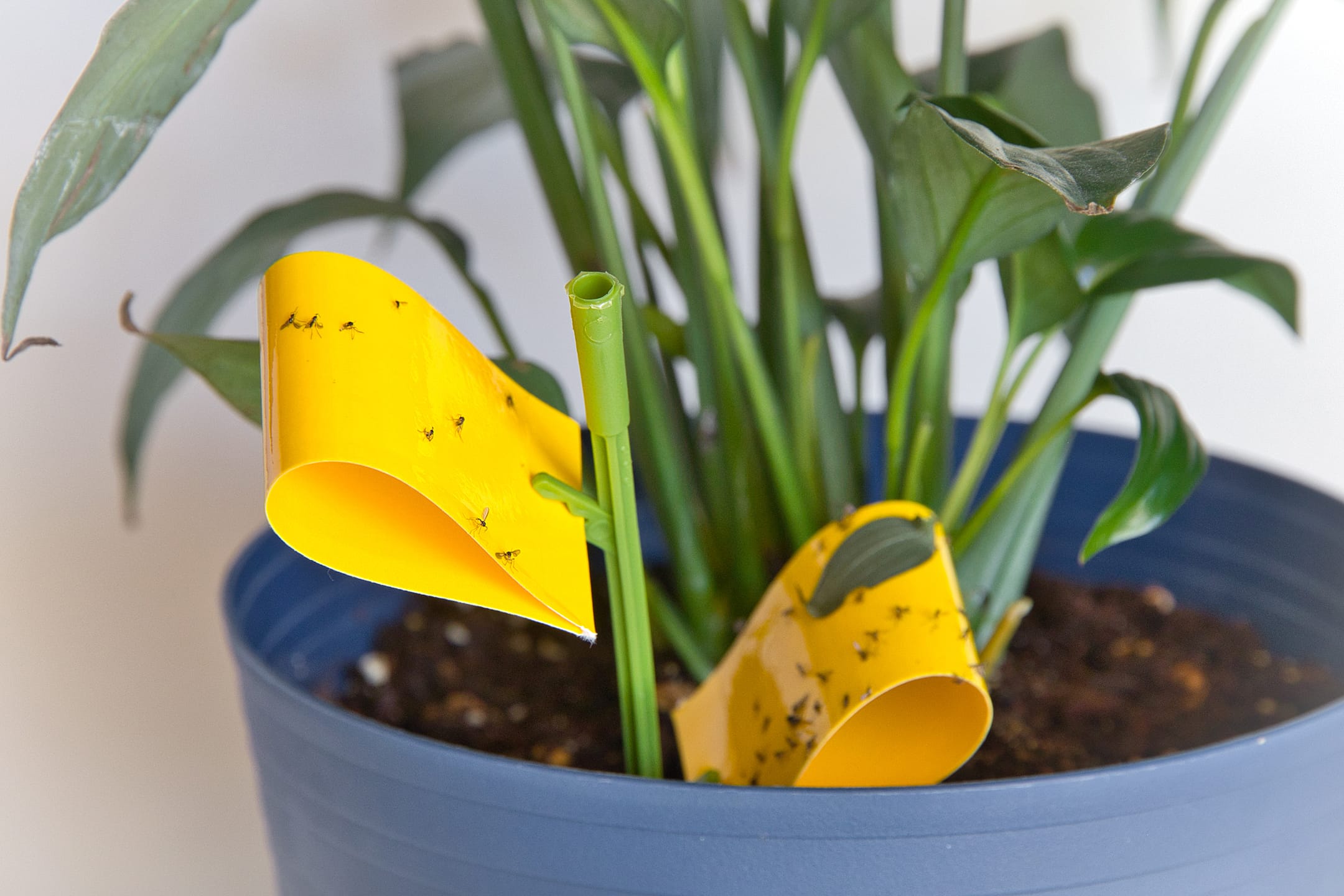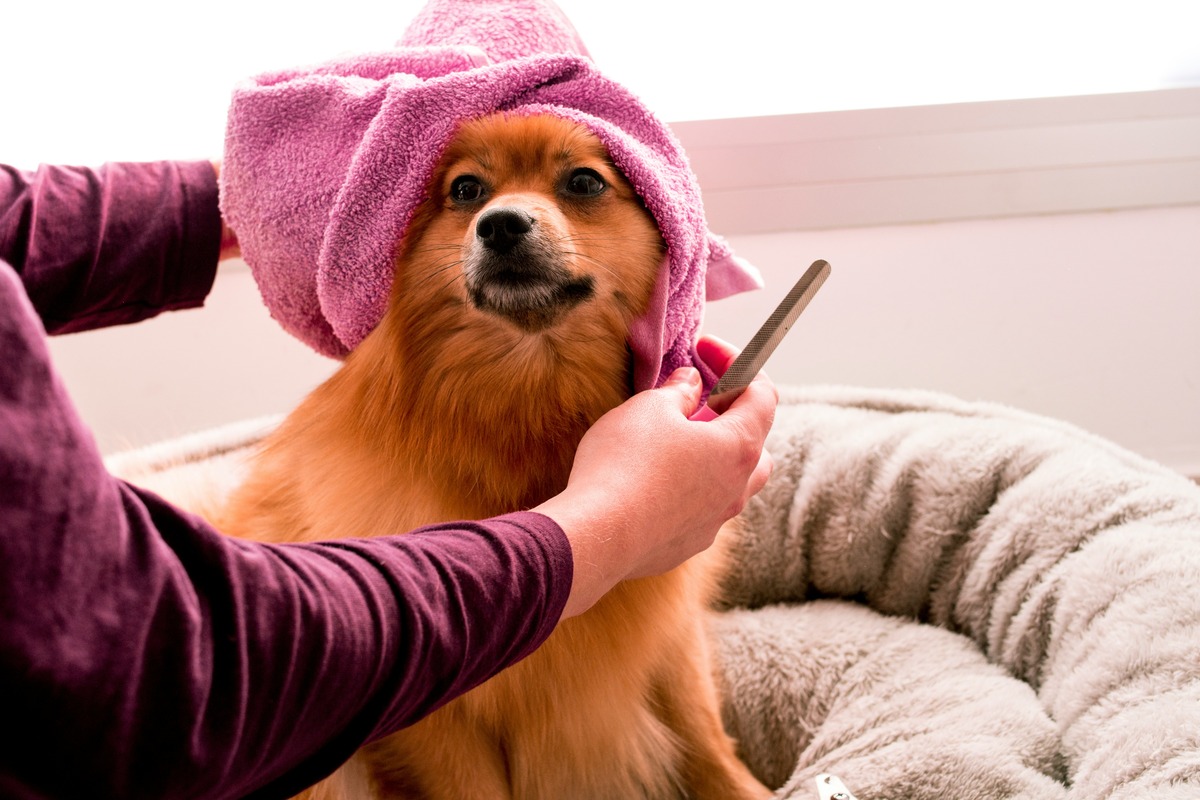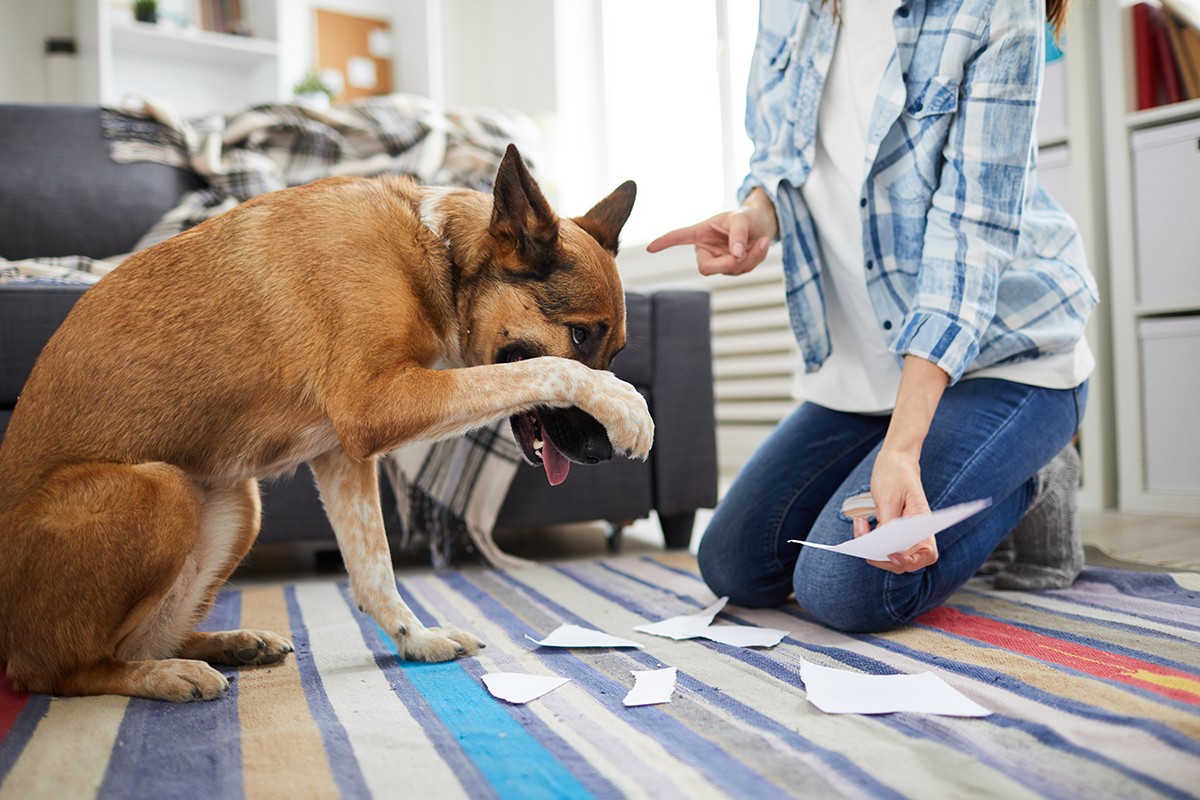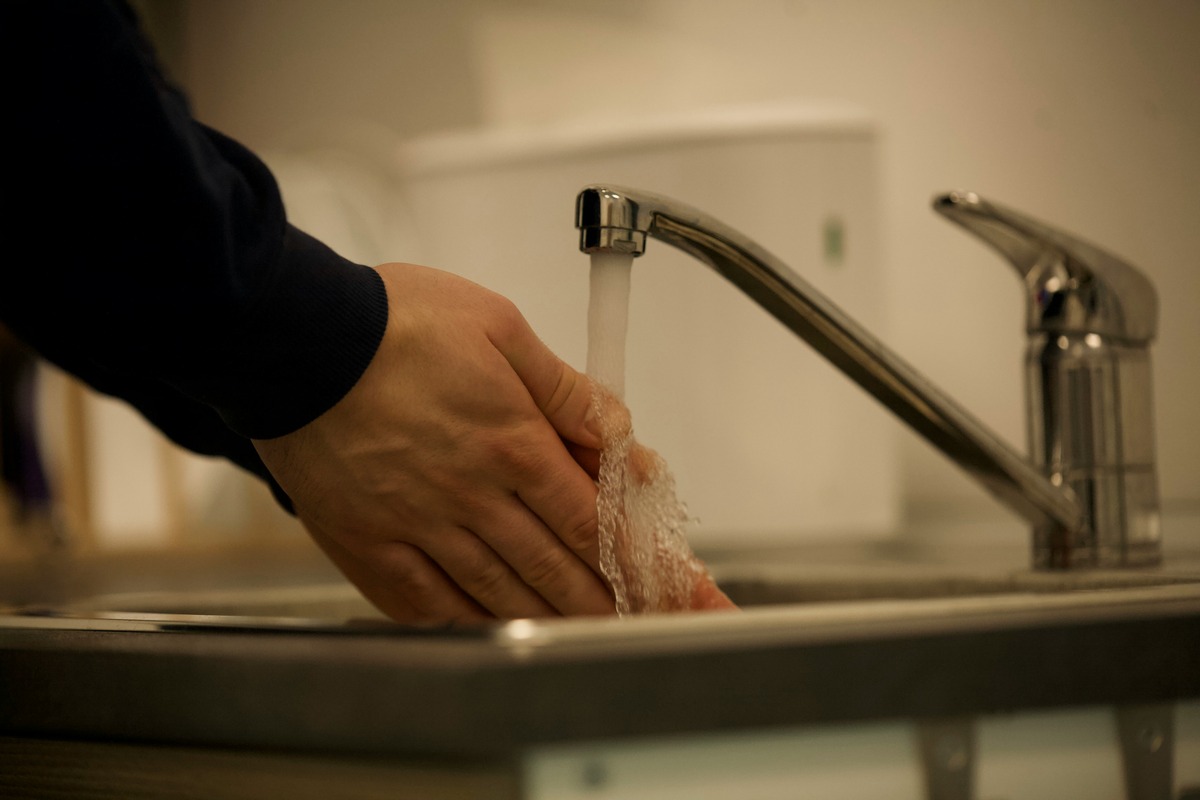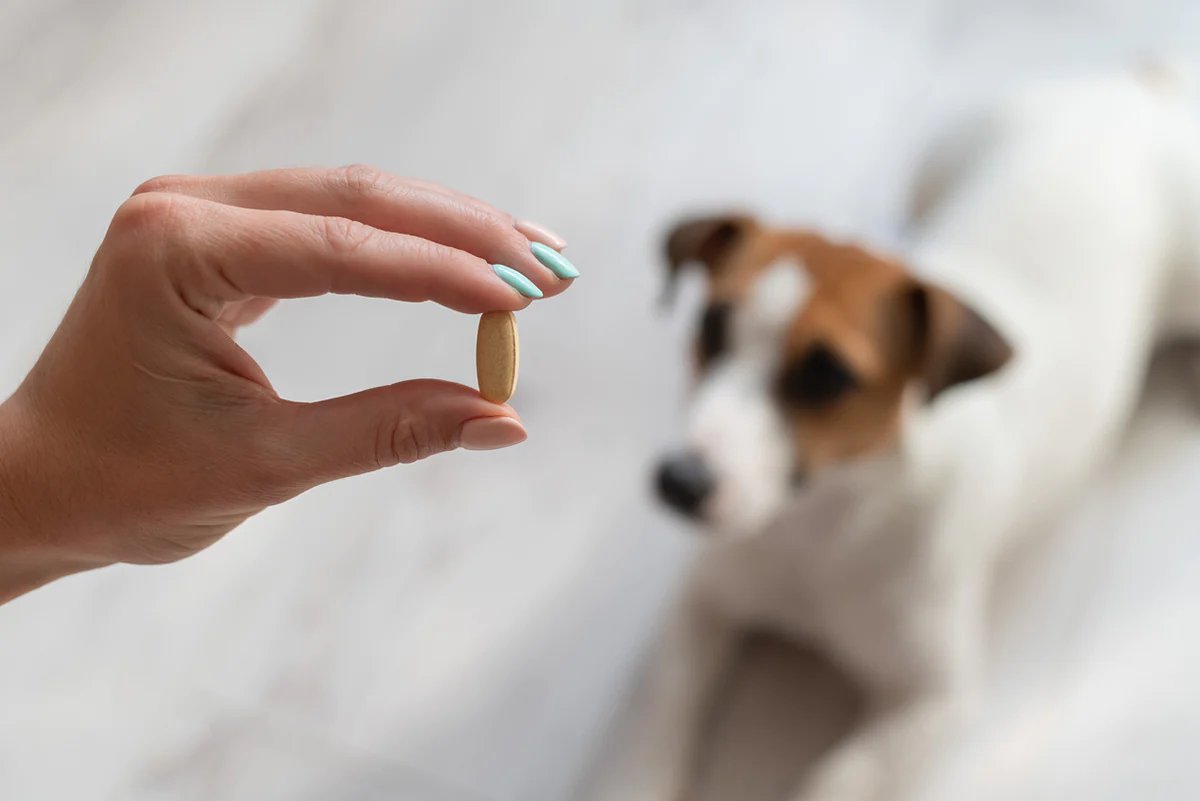Home>Pets & Animals>The Ultimate Hack To Safely Trim Your Dog’s Long Nails And Avoid Hurting Them!
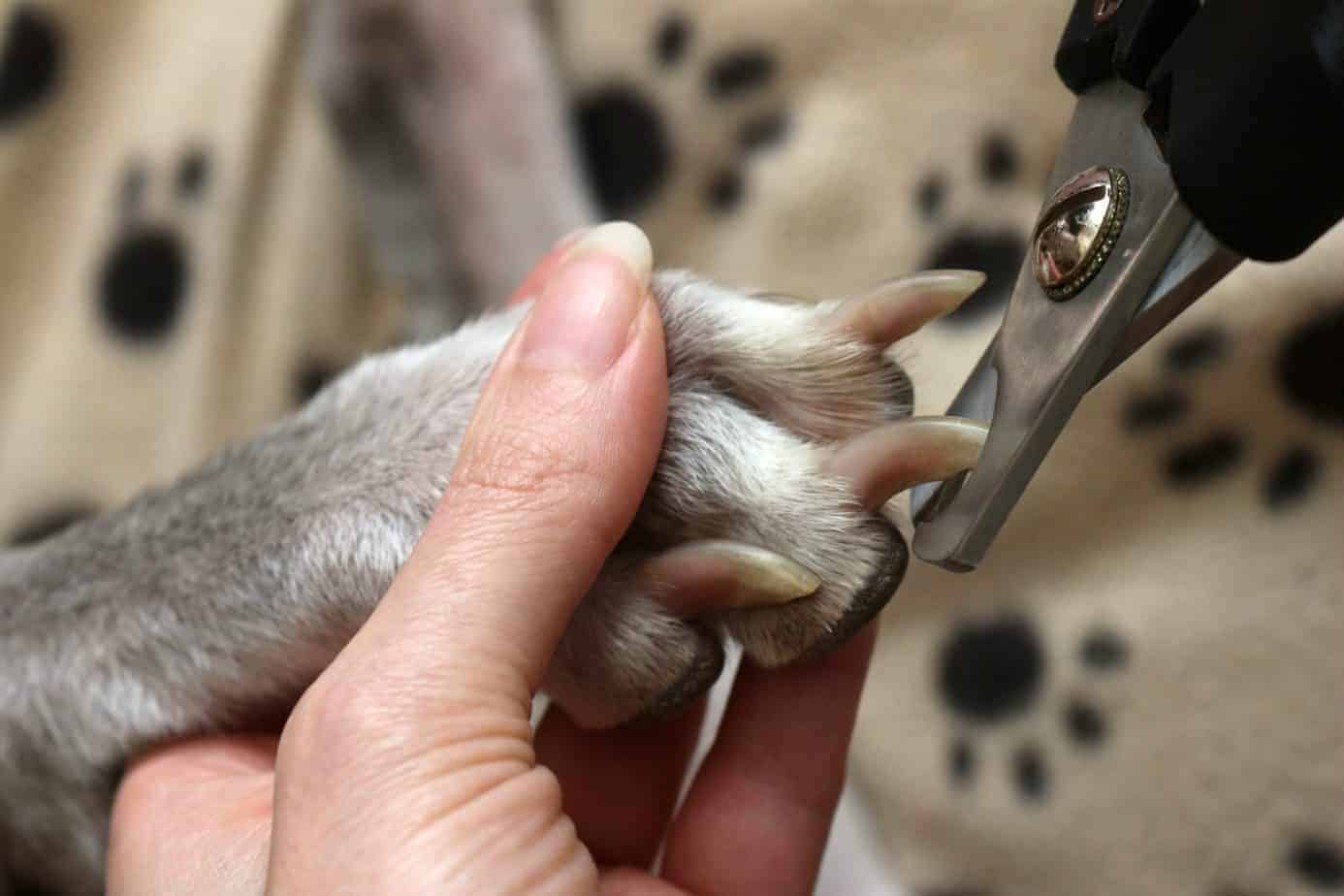

Pets & Animals
The Ultimate Hack To Safely Trim Your Dog’s Long Nails And Avoid Hurting Them!
Published: January 27, 2024
Discover the safest method for trimming your pet's nails without causing them any discomfort. Get expert tips and avoid the stress of nail trimming for your beloved pet.
(Many of the links in this article redirect to a specific reviewed product. Your purchase of these products through affiliate links helps to generate commission for Noodls.com, at no extra cost. Learn more)
Table of Contents
Introduction
Trimming your dog's nails is an essential part of their grooming routine, yet it's a task that often evokes anxiety for both pet owners and their furry companions. While many dog owners understand the importance of keeping their dog's nails at an appropriate length, the fear of causing pain or injury to their beloved pet can make the process daunting. However, with the right approach and understanding, nail trimming can be a stress-free and safe experience for both you and your dog.
In this comprehensive guide, we will delve into the significance of maintaining well-trimmed nails for your dog's overall health and well-being. We will also explore the potential risks associated with neglected nails and provide valuable tips for safely trimming your dog's nails at home. Furthermore, we'll unveil the ultimate hack for achieving a successful nail trimming session without causing any discomfort to your canine companion.
As a responsible pet owner, it's crucial to recognize that nail care is not merely a cosmetic concern but a vital aspect of your dog's health. By gaining insight into the significance of nail maintenance and learning the best practices for safe trimming, you can ensure that your dog's paws remain healthy and comfortable. So, let's embark on this enlightening journey to discover the ultimate hack for safely trimming your dog's long nails and fostering a positive nail care experience for both you and your furry friend.
Understanding the Importance of Trimming Your Dog's Nails
Proper nail care is a fundamental aspect of maintaining your dog's overall health and well-being. While it's easy to overlook the significance of nail trimming, especially if your dog spends a significant amount of time outdoors or on rough surfaces, neglecting this aspect of grooming can lead to various complications.
When a dog's nails become excessively long, they can pose significant health risks and discomfort for your furry companion. Long nails can alter the natural alignment of your dog's toes, leading to an abnormal gait and potential joint issues. Additionally, overgrown nails can exert pressure on the toe joints, causing pain and discomfort, ultimately impacting your dog's mobility and quality of life.
Moreover, neglected nails are more prone to splitting, cracking, or becoming ingrown, which can result in pain, inflammation, and even infection. In severe cases, ingrown nails can penetrate the paw pads, leading to excruciating discomfort and necessitating veterinary intervention.
Furthermore, long nails can affect your dog's posture and balance, potentially increasing the risk of musculoskeletal injuries. This is particularly relevant for senior dogs, as age-related changes in their gait and posture can be exacerbated by overgrown nails, leading to discomfort and a compromised ability to move freely.
By understanding the importance of regular nail trimming, you can actively contribute to your dog's comfort and physical well-being. Keeping your dog's nails at an appropriate length promotes proper foot alignment, reduces the risk of joint issues, and minimizes the likelihood of painful nail-related complications.
In essence, maintaining well-trimmed nails is not only a matter of aesthetics but a crucial component of proactive pet care. By prioritizing regular nail maintenance, you can enhance your dog's comfort, mobility, and overall quality of life, reinforcing the profound impact of this seemingly simple aspect of grooming.
In the subsequent sections, we will delve deeper into the risks associated with long nails and provide actionable tips for safely trimming your dog's nails at home, empowering you to take proactive measures in safeguarding your dog's paw health.
The Risks of Long Nails for Your Dog's Health
Long nails can pose significant risks to your dog's health and well-being, impacting various aspects of their physical comfort and mobility. When left untrimmed, a dog's nails can become excessively long, leading to a myriad of potential complications that can detrimentally affect their overall quality of life.
One of the primary risks associated with long nails is the alteration of your dog's natural gait and posture. As the nails elongate, they can exert pressure on the toe joints, causing discomfort and leading to an abnormal gait. This altered gait not only affects your dog's mobility but can also contribute to musculoskeletal issues, potentially resulting in joint pain and reduced physical activity.
Moreover, overgrown nails can cause the toes to splay, disrupting the natural alignment of the foot. This misalignment can lead to an uneven distribution of weight on the paw, potentially causing strain on the tendons and ligaments. Over time, this strain can contribute to joint issues and discomfort, affecting your dog's ability to move comfortably and engage in regular activities.
In addition to the impact on gait and posture, long nails are more prone to splitting, cracking, or becoming ingrown. These nail-related issues can result in pain, inflammation, and even infection, posing significant discomfort for your canine companion. Furthermore, ingrown nails can penetrate the sensitive paw pads, leading to intense pain and potential complications that may require veterinary attention.
Furthermore, the risk of accidents and injuries increases when a dog's nails are excessively long. Long nails can get caught in carpets, upholstery, or other surfaces, leading to painful tearing or injuries. Additionally, overgrown nails can cause instability and affect your dog's balance, potentially resulting in slips, falls, or other mishaps that can lead to injuries.
It is crucial to recognize that the risks associated with long nails extend beyond physical discomfort. Psychological well-being can also be impacted, as persistent pain and discomfort from overgrown nails can contribute to stress and anxiety in dogs, affecting their overall demeanor and quality of life.
By understanding the potential risks of long nails for your dog's health, you can appreciate the significance of regular nail maintenance in safeguarding their well-being. In the subsequent section, we will explore actionable tips for safely trimming your dog's nails, empowering you to proactively address these risks and promote your dog's paw health.
Tips for Safely Trimming Your Dog's Nails
Safely trimming your dog's nails is a crucial aspect of their overall well-being, and it's essential to approach this task with care and precision. Whether you're a seasoned pet owner or a novice in the realm of dog grooming, incorporating the following tips can contribute to a stress-free and safe nail trimming experience for both you and your canine companion.
-
Choose the Right Tools: Utilize high-quality nail clippers or grinders specifically designed for dogs. Opt for tools that are comfortable to hold and provide a secure grip to ensure precise and controlled trimming.
-
Familiarize Your Dog with the Tools: Introduce your dog to the nail clippers or grinder gradually, allowing them to sniff and investigate the tools before initiating the trimming process. This can help alleviate any apprehension or anxiety associated with the tools.
-
Regular Paw Handling: Get your dog accustomed to having their paws handled from an early age. Gently hold and massage their paws regularly, associating the experience with positive reinforcement such as treats or praise.
-
Observe the Quick: The quick is the sensitive tissue within the nail that contains blood vessels and nerves. Be cautious not to trim into the quick, as it can cause bleeding and discomfort. In light-colored nails, the quick is visible as a pinkish area, while in dark nails, it may be more challenging to discern.
-
Trim in Small Increments: If your dog's nails are long, trim them in small increments to gradually reach the desired length. This approach minimizes the risk of cutting into the quick and allows you to gauge the optimal length for your dog's comfort.
-
Enlist Assistance if Needed: If you're apprehensive about trimming your dog's nails or if your dog is particularly anxious, seek assistance from a professional groomer or veterinarian. They can offer guidance and demonstrate the best techniques for safe and effective nail trimming.
-
Reward Positive Behavior: Throughout the nail trimming process, offer verbal praise and small treats to reinforce your dog's calm and cooperative behavior. This positive reinforcement can create a favorable association with nail care and make future trimming sessions more manageable.
By implementing these tips, you can foster a positive and safe nail trimming experience for your dog, promoting their paw health and overall well-being. Additionally, these practices can contribute to strengthening the bond between you and your furry companion, as they learn to trust and feel at ease during grooming sessions. With these tips in mind, you're well-equipped to embark on the journey of safely trimming your dog's nails and nurturing a positive grooming routine.
The Ultimate Hack for Trimming Your Dog's Nails Without Hurting Them
Successfully trimming your dog's nails without causing discomfort or injury requires a combination of technique, patience, and understanding. While the task may seem daunting, especially if your dog is apprehensive about nail care, the ultimate hack lies in gradual desensitization and positive reinforcement.
Begin by acclimating your dog to the nail trimming process in a calm and reassuring environment. Allow them to explore the nail clippers or grinder, associating these tools with positive experiences. Gradually introduce the sound and sensation of the clippers or grinder without initiating the trimming process, offering treats and praise to create a positive association.
Next, gently handle your dog's paws regularly, incorporating this practice into their daily routine. By massaging their paws and providing positive reinforcement, you can help your dog become comfortable with paw handling, reducing anxiety and resistance during nail trimming sessions.
When it comes to actual nail trimming, opt for small, incremental cuts to gradually reach the desired nail length. This approach minimizes the risk of cutting into the quick and allows you to gauge the optimal length for your dog's comfort. Additionally, maintaining a calm and composed demeanor during the process can help alleviate any anxiety your dog may experience.
If your dog exhibits signs of distress or discomfort during the nail trimming process, such as pulling away or vocalizing, take a step back and provide reassurance. It's essential to proceed at a pace that aligns with your dog's comfort level, as forcing the process can heighten their anxiety and make future nail care more challenging.
Throughout the entire nail trimming session, offer verbal praise, gentle petting, and small treats to reinforce your dog's calm and cooperative behavior. This positive reinforcement not only creates a favorable association with nail care but also strengthens the bond between you and your furry companion.
By incorporating these techniques and maintaining a patient, understanding approach, you can effectively trim your dog's nails without causing them distress. Over time, consistent and positive nail trimming experiences can contribute to your dog feeling more at ease with the process, fostering a harmonious grooming routine that prioritizes their comfort and well-being.
Conclusion
In conclusion, the significance of maintaining well-trimmed nails for your dog's overall health and well-being cannot be overstated. By understanding the risks associated with long nails and the importance of proactive nail care, pet owners can actively contribute to their dog's comfort, mobility, and quality of life. Through the implementation of safe and effective nail trimming techniques, coupled with patience and positive reinforcement, the process of maintaining well-groomed nails can become a stress-free and rewarding experience for both pet owners and their furry companions.
It is essential to recognize that nail care is not merely a cosmetic concern but a vital aspect of proactive pet care. Long nails can lead to altered gait and posture, potential joint issues, and painful nail-related complications, impacting various facets of a dog's physical and psychological well-being. Therefore, prioritizing regular nail maintenance is a proactive measure that can significantly enhance a dog's comfort, mobility, and overall quality of life.
By incorporating the tips for safely trimming your dog's nails, pet owners can create a positive and reassuring nail care experience for their canine companions. From choosing the right tools to gradually desensitizing dogs to the nail trimming process, these practices not only promote paw health but also strengthen the bond between pet owners and their furry friends.
The ultimate hack for trimming a dog's nails without causing distress lies in patience, gradual desensitization, and positive reinforcement. By creating a calm and reassuring environment, handling paws regularly, and approaching the nail trimming process with understanding and composure, pet owners can effectively trim their dog's nails while fostering a harmonious grooming routine.
In essence, the journey of safely trimming a dog's nails is a testament to the dedication and care that pet owners invest in their furry companions. By recognizing the significance of nail care and implementing safe trimming practices, pet owners can ensure that their dogs' paws remain healthy, comfortable, and well-maintained, ultimately contributing to their overall well-being and happiness.




